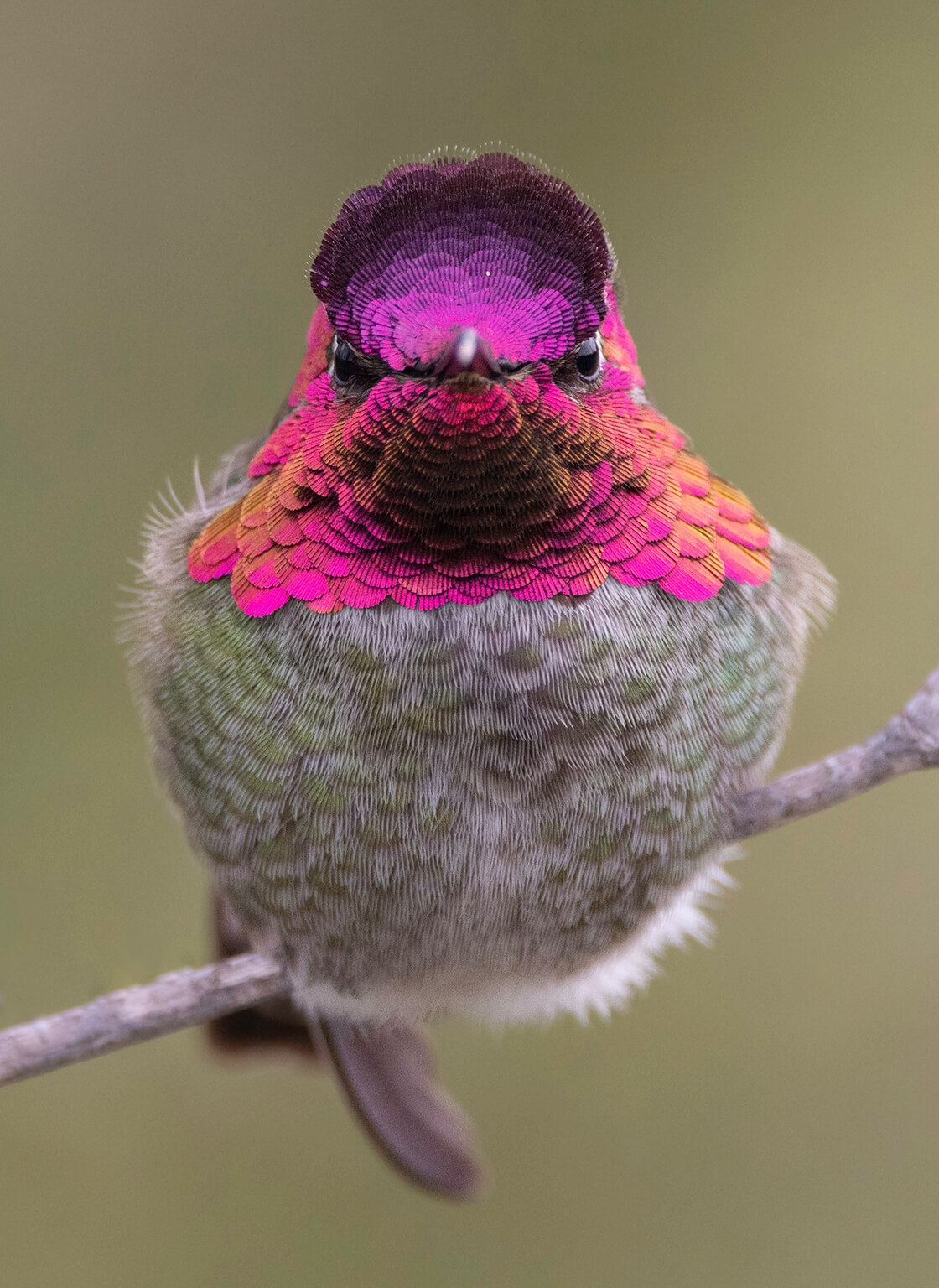Photography and words by Bob Siegel
Bound by gravity, humans spend most of their lives in a two-dimensional world defined by the surface of the earth. Not surprisingly, people have always had a fascination with the world of winged creatures who can take to the air at a moment’s notice, adding a vast third dimension to their domain. From angels to airplanes, humans have long imaged what it would be like to take flight.
Cover Photo: Even when our winged friends come to rest, there is no assurance they will linger, especially when approached by a curious onlooker or an eager photographer. Here with its intense gaze and bright red gorget, an Anna’s hummingbird stares down the photographer.
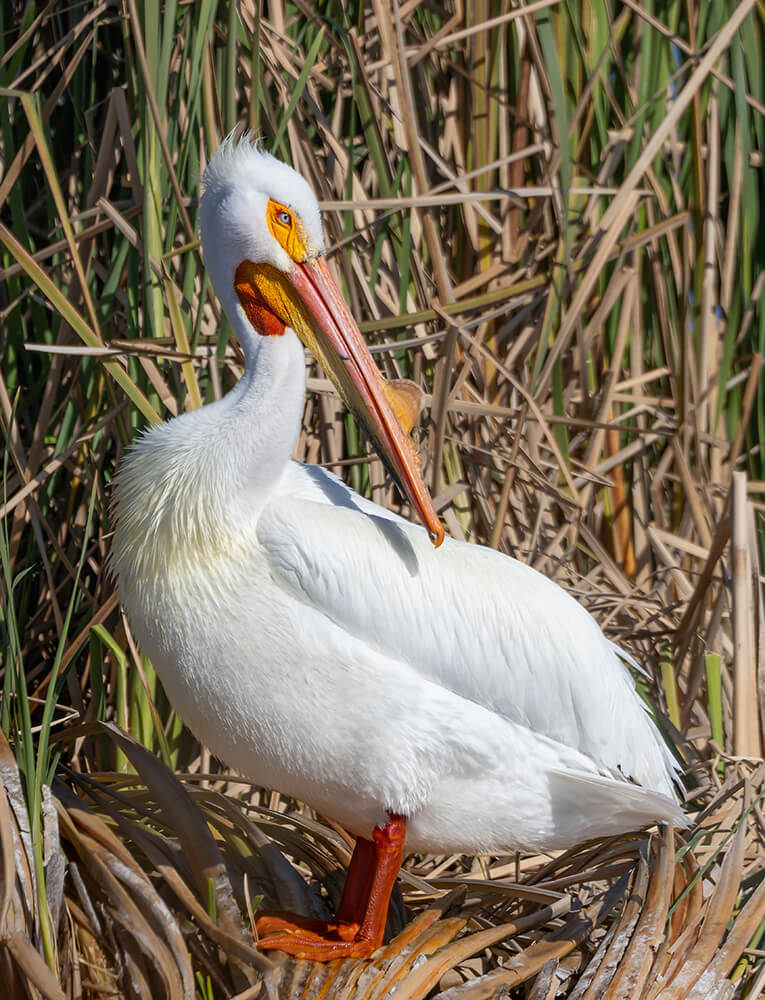
The American white pelican, seen here in breeding plumage, is one of the largest birds of North America—far bigger than its cousin the brown pelican. Found throughout most of the U.S. and Mexico, the white pelican can often be spotted along the Peninsula wetlands bordering the bay. The protuberance on its upper bills signals that this is a breed adult.
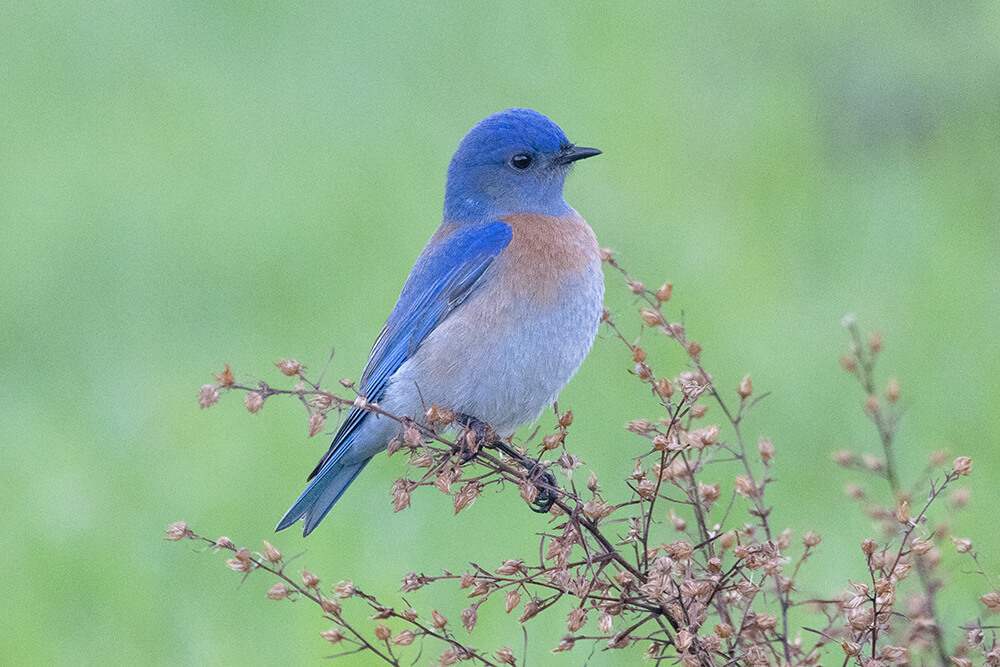
Although I have never had one land on my shoulder, the presence of the Western bluebird is uplifting. Found year-round in the Bay Area, Western bluebirds seem largely unperturbed by the presence of humans and will often pose for a photo. Males are more brightly colored than females. Like American robins, Western bluebirds are members of the thrush family.
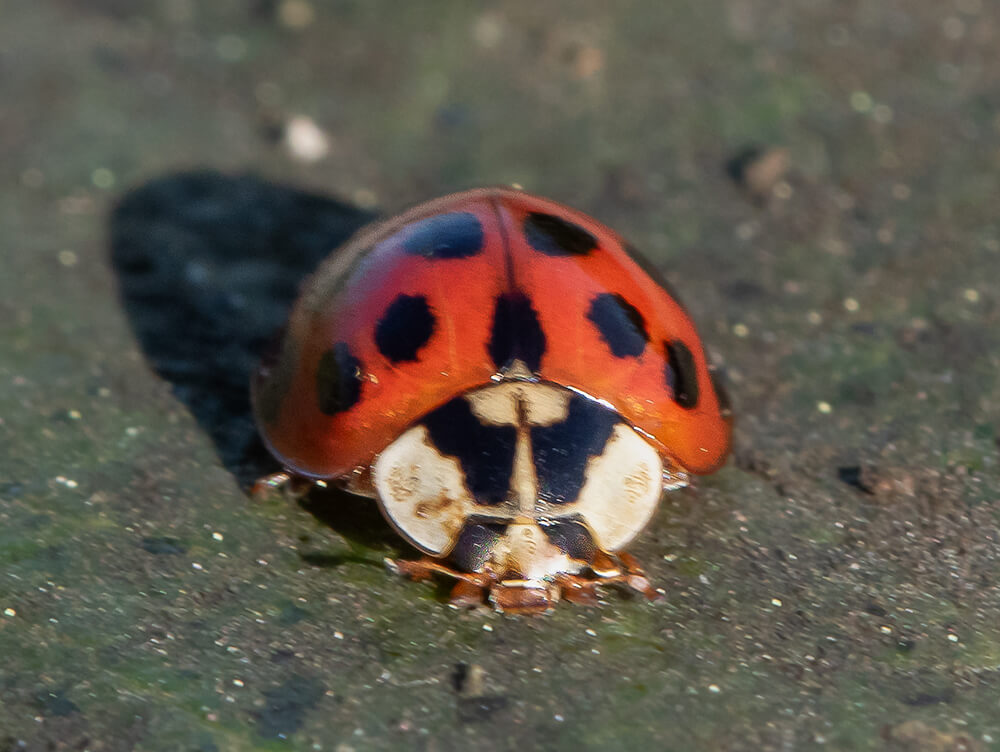
The ubiquitous Asian lady beetle is the fourth most frequently photographed creature on iNaturalist with over a quarter of a million images. As the name implies, this lady beetle is an exotic species and a highly successful invader on the Peninsula. Like many lady beetles, its bright orange and black coloration advertises its presence with the implied warning: “Do not mess with me.” The use of common colors among noxious species is known as Müllerian mimicry.
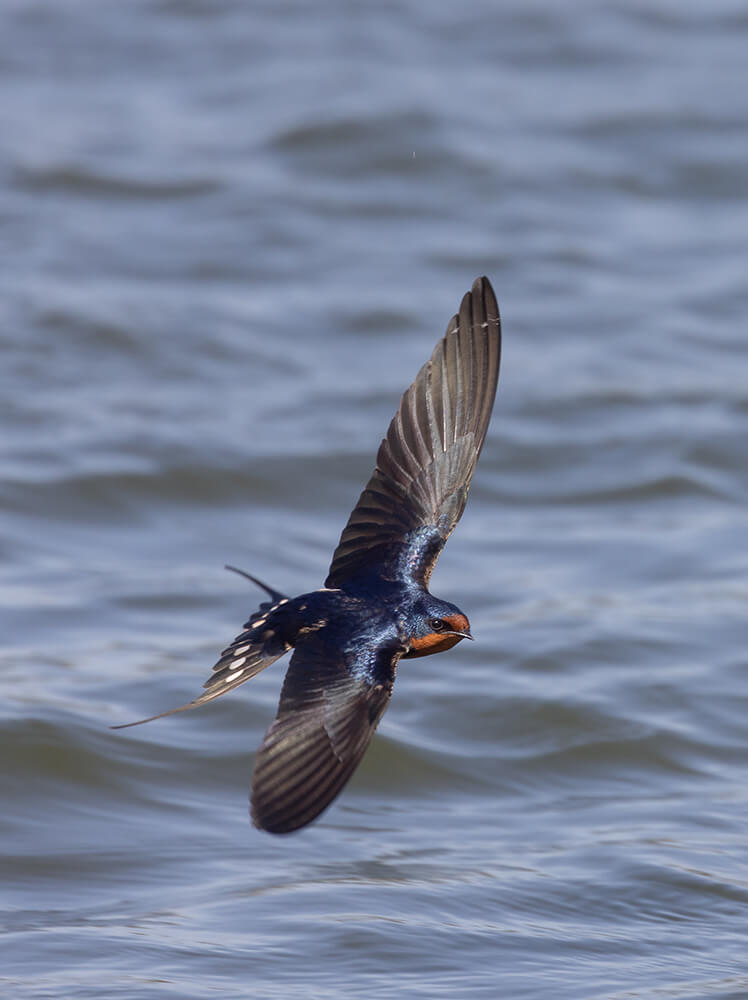
The barn swallow has the distinction of being the most widespread perching bird in the world. Because of its fast and erratic behavior, the possibility of catching a swallow in flight requires a combination of patience and luck. And it certainly doesn’t hurt to have the right equipment. Barn swallows can also be seen lined up on wires or peering from mud nests in the overhang of buildings and other structures.
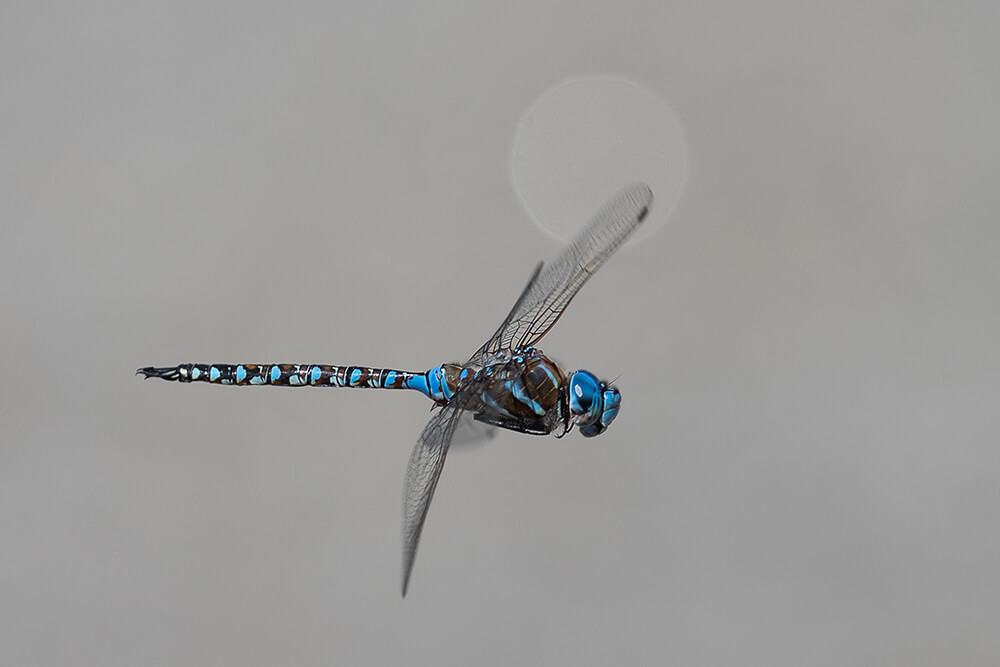
As spring rolls around, the blue-eyed darner can be spotted in the wetlands of the Peninsula. Like many dragonflies, this darner provides a number of gifts to the avid photographer: bright colors make them easy to spot and visually appealing, they often return to the same perch (even when they initially flee from intruders) and they periodically hover in midair, as if inviting pictures.
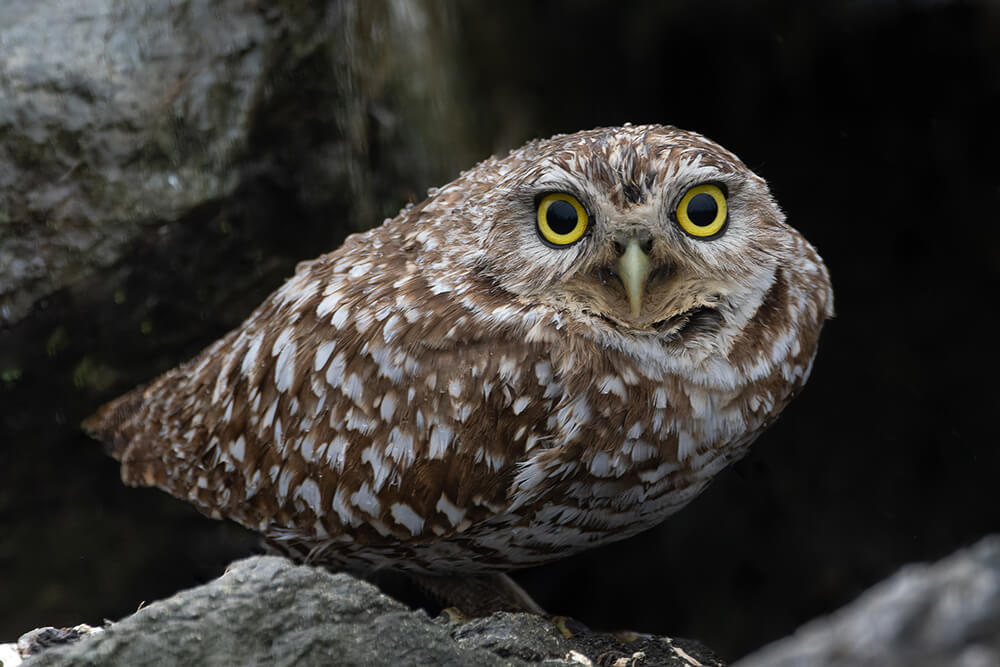
Unlike many owls, the burrowing owl is diurnal, making it much easier to photograph—if you can find it. Standing very still and camouflaged by earthy backgrounds, they are easy to overlook—until you catch a glimpse of those piercing yellow eyes. Highly attentive to aerial predators, when their gaze turns upward, you can often spot a hawk flying overhead.
In addition to being a microbiology and immunology professor at Stanford, Palo Alto’s Robert David Siegel is a docent and avid wildlife photographer who teaches courses in photographing nature. web.stanford.edu/~siegelr/photo.html


